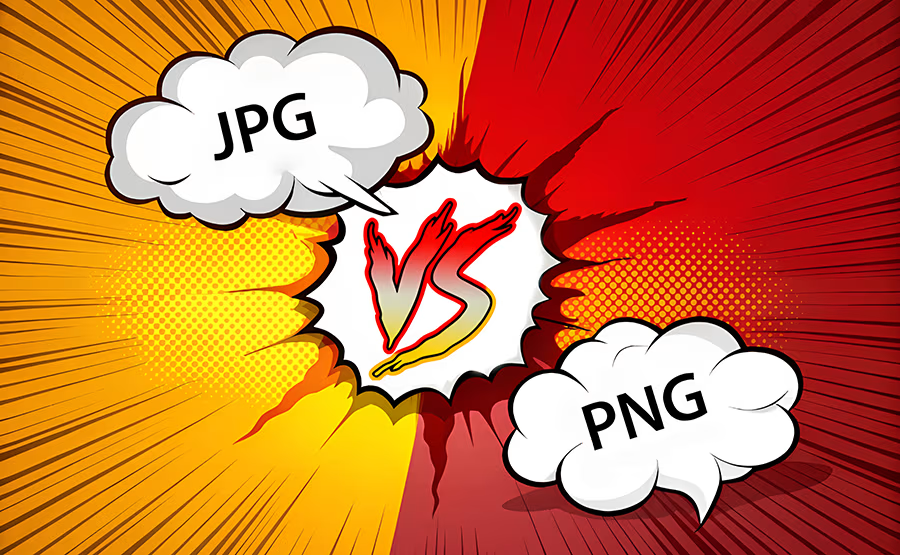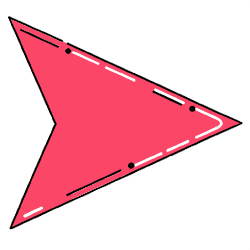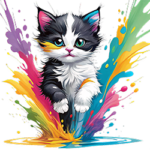Which is Better PNG or JPEG? The Ultimate Image Format Comparison
Quick Answer: PNG is better for graphics needing transparency or text clarity, while JPEG is superior for photographs due to smaller file sizes. The best format depends on your specific needs. Learn more in our detailed guide.
Understanding Image Formats: PNG vs JPEG
PNG Format
- Lossless compression using DEFLATE algorithm
- Supports transparency (8-bit and 24-bit alpha channels)
- Ideal for logos, text, and graphics
- Larger file sizes (typically 2-10× JPEG equivalents)
- Supports gamma correction and color correction
JPEG Format
- Lossy compression using DCT (Discrete Cosine Transform)
- No transparency support (fills with background color)
- Best for photographs and complex images
- Adjustable compression levels (typically 60-80% for web)
- Creates compression artifacts when edited repeatedly
Technical Deep Dive: PNG vs JPEG
| Feature | PNG | JPEG |
|---|---|---|
| Maximum Color Depth | 48-bit (PNG-24/PNG-32) | 24-bit (8 bits per channel) |
| Compression Ratio | 10-30% smaller than uncompressed | 10:1 to 20:1 typical for photos |
| Metadata Support | Limited (can store text chunks) | EXIF, IPTC, XMP, etc. |
| Animation Support | Via APNG (not universally supported) | No native support |
When to Choose PNG Over JPEG
PNG is the better choice when:
- You need transparent backgrounds for web design elements
- Your image contains text or sharp edges that must remain crisp
- Working with medical/scientific images where detail preservation is critical
- Creating logos or brand assets that will be reused frequently
- Archiving images that may need future editing
When JPEG Outperforms PNG
JPEG is superior when:
- Publishing photographs where fast loading is critical
- Sharing images on social media platforms that compress images anyway
- Working with camera RAW conversions for final output
- Storage space is limited (mobile devices, email attachments)
- Displaying images where minor quality loss is acceptable
Professional Use Cases
Web Development
PNG: UI elements, icons, logos (especially with transparency)
JPEG: Hero images, product photos, background images
Print Production
PNG: When transparency is needed for specialty printing
JPEG: High-quality photo prints at 300dpi+ resolution
Mobile Applications
PNG: App icons, interface elements (Android prefers PNG)
JPEG: In-app photo galleries and user uploads
Conversion Considerations
Remember these key points when converting between formats:
- Converting JPEG → PNG won’t restore lost quality
- PNG → JPEG conversion should use quality setting 80+
- For transparency needs, PNG is the only option
- Batch conversions are best done with tools like ImageOptim
Final Verdict: Which is Better PNG or JPEG?
There’s no universal “better” format – PNG and JPEG serve different purposes. For web graphics with transparency or text, PNG is clearly superior. For photographs and smaller file sizes, JPEG wins. Smart designers use both formats strategically based on each image’s requirements.
For more details, see our complete image formats guide or try our interactive format selector tool.







